Disaster Supply Kit: Communication
THE POINT
DO THIS
- Gather emergency contact names, numbers, emails, and addresses.
- Put emergency contact information in a list and put in disaster supply kits.
- Put communication supplies in disaster supply kits.
- Maintain communication supplies and rotate batteries as needed.
- Learn various kinds of emergency signaling.
VIDEOS
Disaster Supply Kit Communication
 Communication is all about giving and receiving information. Fear often comes from the unknown. Information is power. Accurate information gives us the ability to make informed and correct decisions for our own well-being. The more we know about the situation we are facing, the more confident we will be that we can overcome it. Multiple backups to your communications plans and for your communications supplies are important. Do Not rely on one source of information or a single form of communication in an emergency situation.
Communication is all about giving and receiving information. Fear often comes from the unknown. Information is power. Accurate information gives us the ability to make informed and correct decisions for our own well-being. The more we know about the situation we are facing, the more confident we will be that we can overcome it. Multiple backups to your communications plans and for your communications supplies are important. Do Not rely on one source of information or a single form of communication in an emergency situation.
Emergency Contact Information: During an emergency situation, you may need to contact family members, friends, school, work, your doctor, and even your insurance provider. Many of us have stopped memorizing phone numbers because of the contact list on our mobile phones. But what if you don't have your phone with you or it's not working? It is important to have a written or printed copy of all of your emergency contact numbers in your wallet, purse, vehicles, school bags, desk or locker at work, and in all emergency kits. Download and print copies of the Be Ready Utah Emergency Contact Information cards and fill them out.
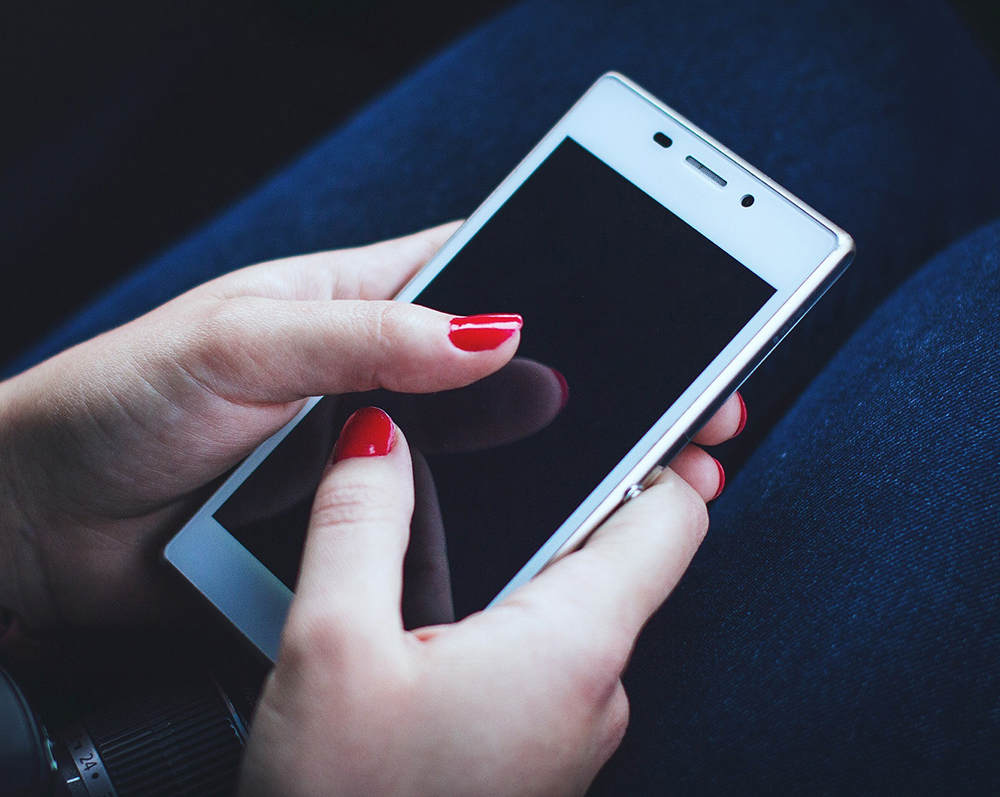
In an emergency, one of the most valuable communication devices you want is your mobile phone, assuming phone lines are not jammed and cell towers are still functioning. You need to have a means of letting your emergency contacts know your location and status in the immediate aftermath of an emergency. There are apps like the Red Cross Emergency App for this and social media as well. Remember that texts are more likely to get through with overloaded phone lines than actual calls. even with that, minimize phone usage to emergencies only.

Phone Chargers and Power Packs
Along with your phone, you need to have a phone charger in your disaster supply kit. Your phone does you no good if it has no power. Include an extra phone charging cable in your kit because you may not have time or even remember to grab the one you usually use. Remember to include adaptors for use in a car, though may cars now come with USB adaptors.
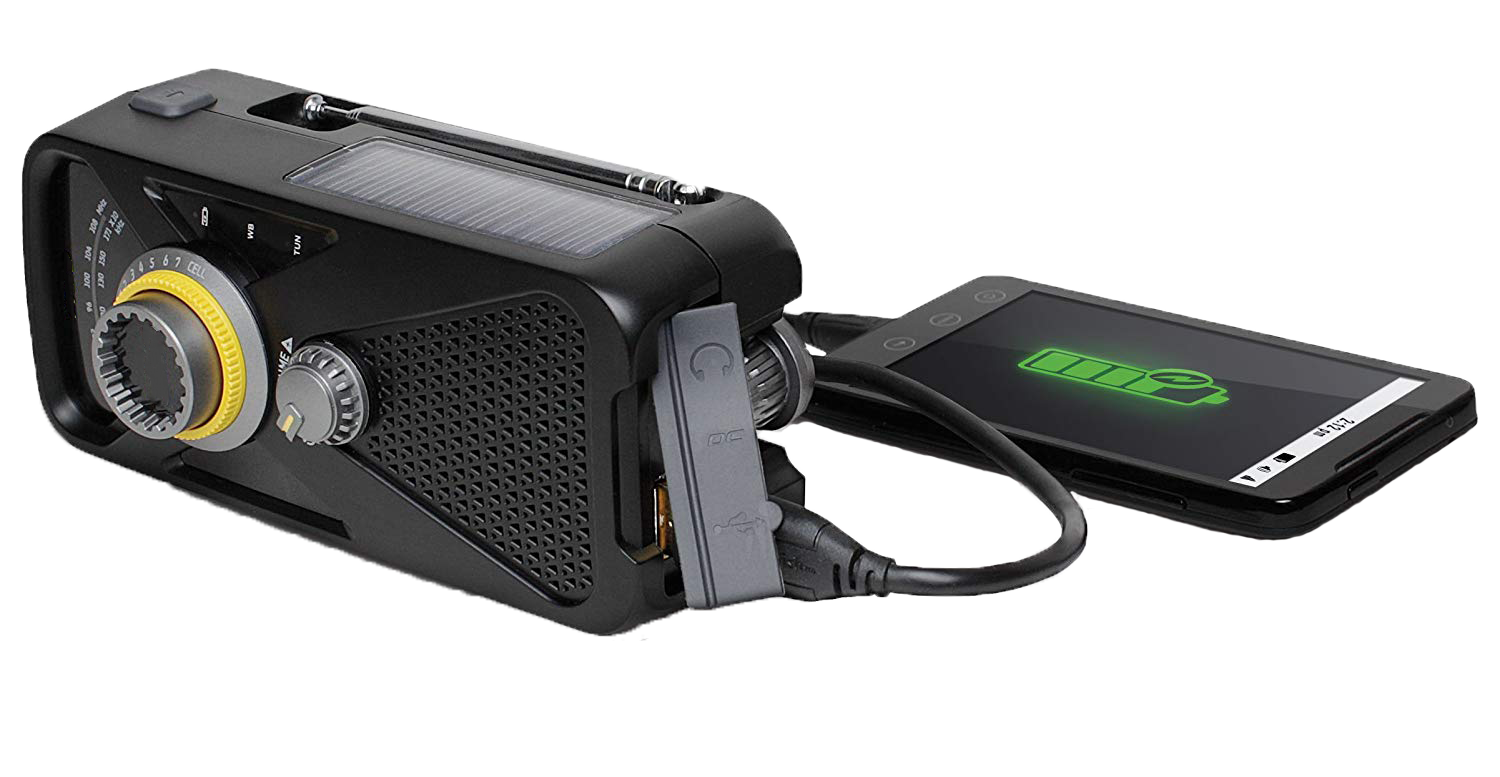
Multi-powered AM/FM emergency radio
You may also want to add a rechargeable power source. This could be either a power pack with a USB adaptor, or a multi-powered AM/FM emergency radio, many of which can power other devices. Depending on the manufacturer and the model, some radios create power from solar panels, dynamic hand cranking, or by being plugged into a power outlet, any of which charge and internal battery to power the radio itself or an external device. It's also a good idea to find a radio that includes the weather bands so you can keep up to date on the conditions around you and to hear about other potential emergencies. You may want to add a small set of earphones or earbuds with your radio so that you can better hear in a noisy environment or so you can listen without disturbing others.
Some emergency radios are just powered by a standard battery. If you do have a battery powered radio, do not store the batteries in the device. Store them in their original packaging or wrap them in plastic to prevent battery corrosion. Pack some extra batteries as well. Though these battery powered radios don't typically have the ability to charge other devices, they are much smaller and lighter than the radios with multiple options. Find out what works best for you, your needs, abilities, and budget.
If you have electronic devices in your disaster supply kit, it's a good idea to store them and even your important contact information and documents in individual waterproof bags. This will protect them if your kit gets wet from rain, snow, or falling into water.
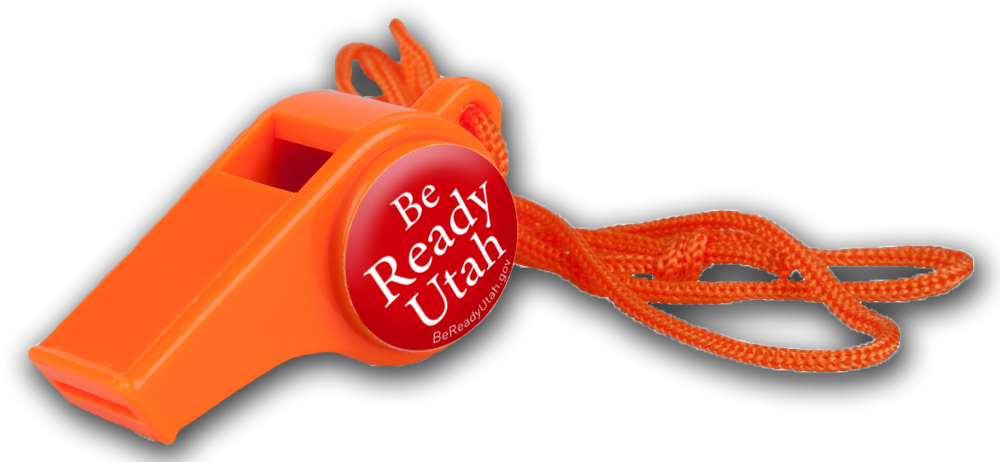 A whistle is a valuable addition to your emergency kits and it's a good idea to always carry one with you in a pocket or purse. The sound of a whistle can carry much further than the sound of a human voice and takes a lot less effort than shouting. As long as you can breathe, you can blow a whistle. Three blasts of a whistle, "TWEET, TWEET, TWEET", is a universal signal of distress. Put a lanyard on your whistle so during an emergency you can carry it around your neck. It keeps the whistle close and makes it harder to lose.
A whistle is a valuable addition to your emergency kits and it's a good idea to always carry one with you in a pocket or purse. The sound of a whistle can carry much further than the sound of a human voice and takes a lot less effort than shouting. As long as you can breathe, you can blow a whistle. Three blasts of a whistle, "TWEET, TWEET, TWEET", is a universal signal of distress. Put a lanyard on your whistle so during an emergency you can carry it around your neck. It keeps the whistle close and makes it harder to lose.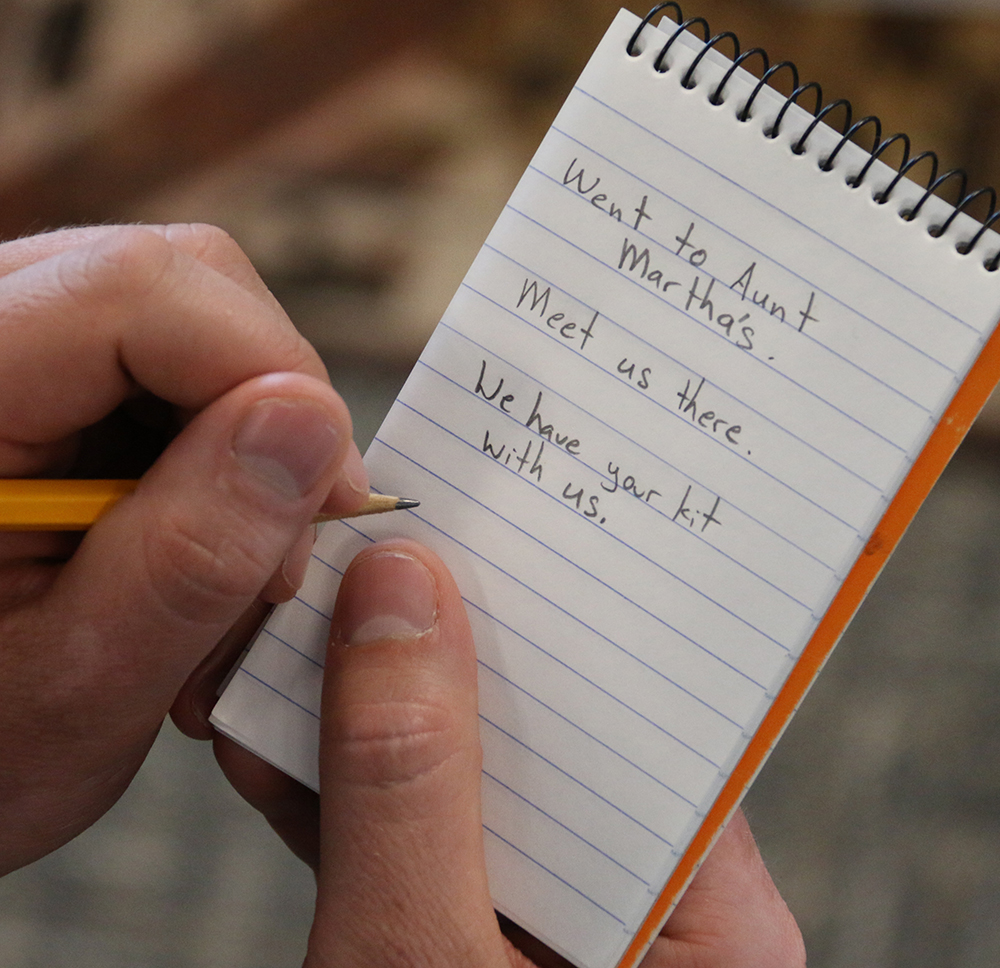
It's very simple, but a notebook and pencil are important things to include in your emergency kits. Take notes so you can remember what is said during emergency broadcasts or announcements. Use them to send a message or leave a message for someone when phones or other means of communication may not be working. Also use them as a mini diary to write your thoughts and feelings about the things you are experiencing. It's a good way to help your mind process all that may be going on and it will help you plan for what you will be doing next.
A bonus item you may want to add are two way radios. Have predetermined and preset channels and sub-channels programmed into your devices. Be sure that everyone in your family or group that will have a two way radio knows how to use it and has extra batteries stored properly, outside of the device. FRS (Family Radio Service) and GMRS (General Mobile Radio Service) radios are a popular form of communicating when recreating and on the job and can be helpful in emergency situations as well. Many models claim to have extended ranges beyond 25 miles or more. Realize that this range is line-of-sight. In mountainous or city landscapes with a lot of obstructions, these ranges can be reduced to one mile or less. You cannot depend on them to reach from one end of your neighborhood to the other, or from one side of a mountain to another.
12 Areas: Communication
Click Here
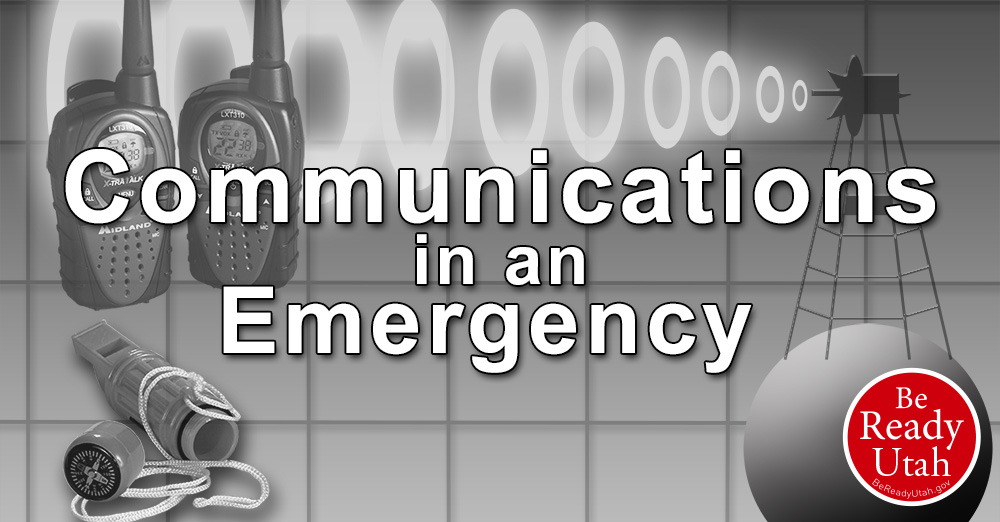
Emergency Signaling
Click Here

